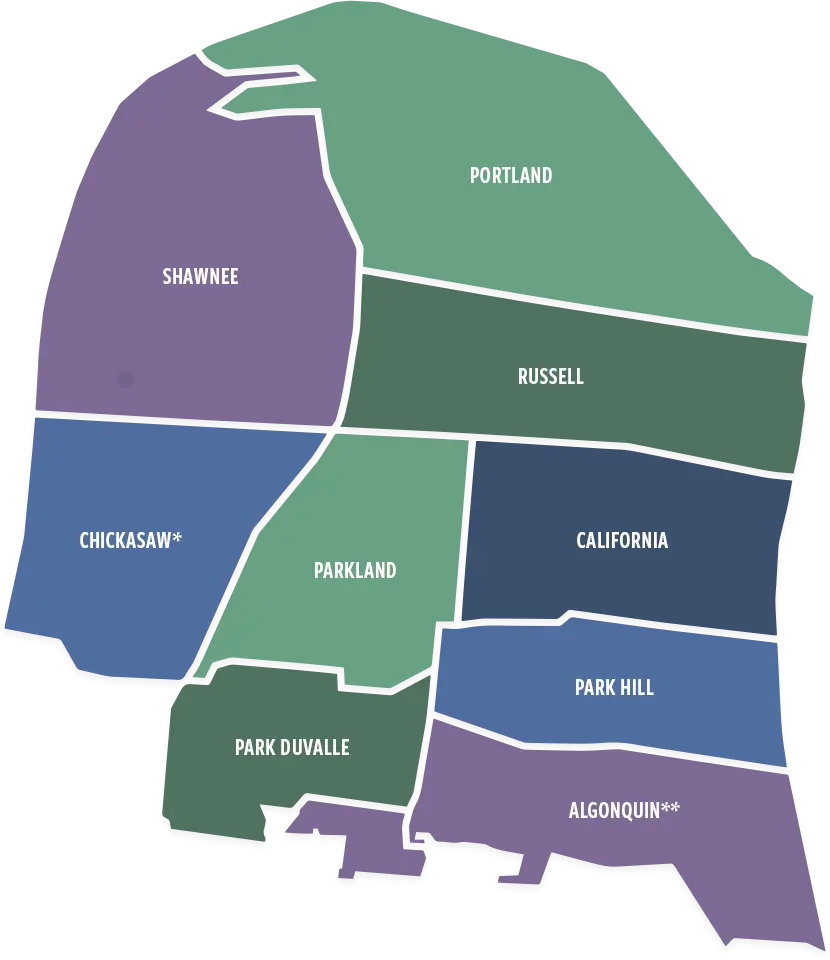Community Engagement Report
The purpose of this report is to inform the West End Opportunity Partnership (The Partnership) Board of Directors about the most pressing needs identified by residents, identified in Section 1A of House Bill 321.
The report begins with a discussion of the focus-group methodology used to conduct the meetings, analyze the data, and compile the findings. It then presents a list of major themes that emerged during the discussions, followed by a detailed neighborhood-specific analysis. Next, the report chronicles lessons learned from previous initiatives and highlights a list of “Unsung Heroes” whom residents believe the Board should consider when making funding decisions. It concludes with a summary of the advice given to the Board based on the feedback collected during the neighborhood meetings.
The Partnership Board and Dr. Rollins determined that visiting all nine West End neighborhoods and using a focus- group approach was the most effective way to conduct community meetings and gather relevant information. This qualitative method facilitated guided discussions with open- ended questions to delve into residents’ attitudes, beliefs, and opinions about their community’s pressing needs and to gather additional advice for the Board. This approach provided more in-depth insights compared to traditional quantitative methods and avoided the paternalistic methodologies often applied to minoritized communities by empowering residents to lead the conversation without external prompts or influence.
The findings from the community meetings highlight several notable themes, including the most pressing needs related to Housing, Employment and Economic Development, Youth Initiatives, and Resource Centers / Facilities which appeared in all ten meetings. Issues related to Food Insecurities, Health and Wellness, and Neighborhood Infrastructure were discussed in nine of the ten meetings, while Crime and Safety were highlighted in seven meetings.
In addition to these broad themes, residents identified specific populations that should be considered when allocating resources. These include the elderly, which were mentioned in five meetings; the houseless or unsheltered, highlighted in four meetings; and foster children, young Black females, individuals who have been neglected, and those with special needs or disabilities, each noted in three meetings. Immigrant and transplant services, young Black males, and descendants of American slaves were discussed in two meetings each. Other groups that were brought up included the formerly incarcerated, veterans, groups dedicated to supporting the needs of men, substance abuse victims, and recent college graduates. These discussions underscore the community’s comprehensive approach to addressing the diverse needs of its residents.





